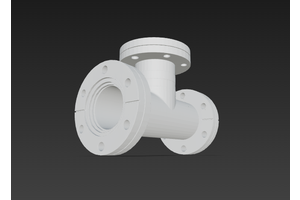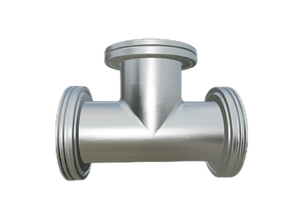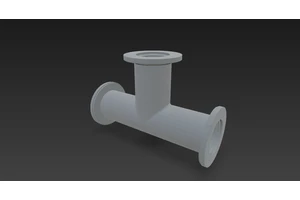Vacuum Pump – A Concise Introduction
A vacuum pump is any device that removes gas molecules from a sealed volume in order to leave behind a partial vacuum. First developed in the 17th century by Otto von Guericke, modern pumps are indispensable in laboratories, manufacturing, and high-technology industries.
Main Types
• Positive-displacement pumps (e.g., rotary vane, diaphragm, piston) physically expand and contract chambers to trap and expel gas.
• Momentum-transfer pumps—diffusion and turbomolecular—use high-speed blades or vapor jets to impart kinetic energy to gas molecules, pushing them toward the exhaust.
• Entrapment pumps such as cryopumps, ion pumps, and getter pumps condense or chemically bind gases without moving parts, achieving ultra-high vacua (<10⁻⁹ mbar).
Key Performance Metrics
• Ultimate pressure: the lowest achievable pressure under ideal conditions.
• Pumping speed: volume flow rate at the inlet, typically expressed in m³ h⁻¹ or L s⁻¹.
• Compression ratio: exhaust-to-inlet pressure ratio across the pump.
Applications
Vacuum pumps enable semiconductor fabrication, electron microscopy, mass spectrometry, vacuum metallurgy, freeze-drying, and even the coating of architectural glass. By creating controlled low-pressure environments, they allow processes that would be impossible under atmospheric conditions.





